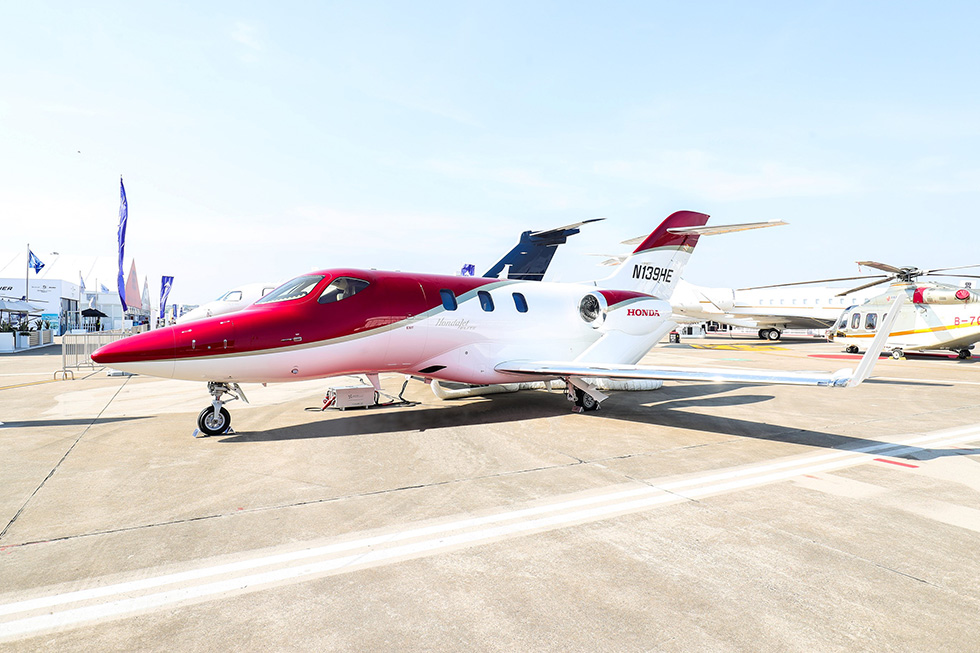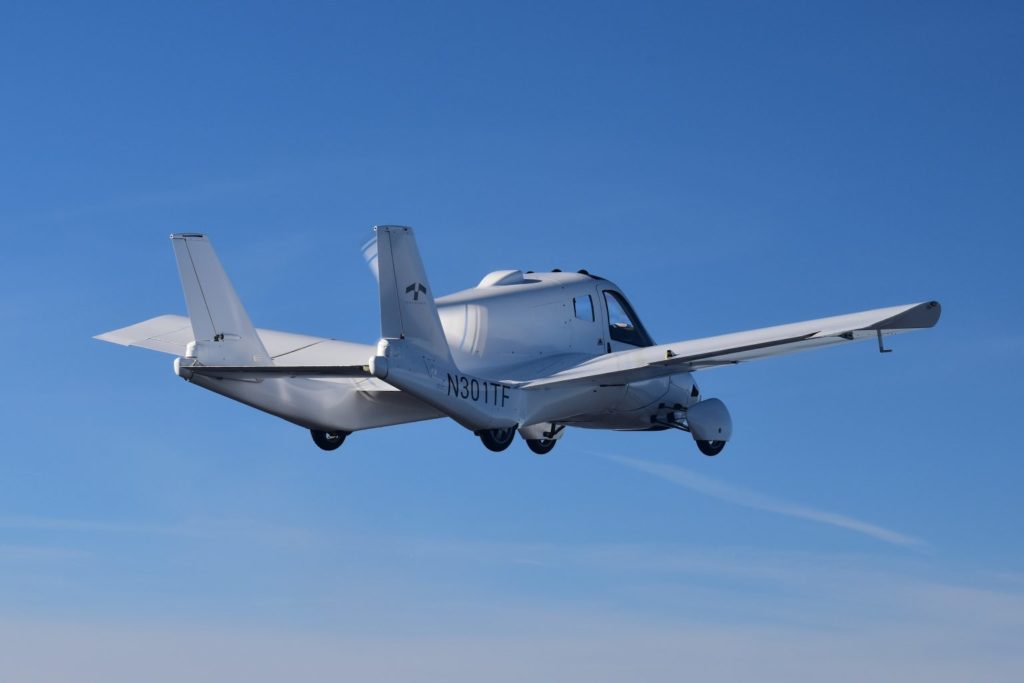We previously explored the possibilities for 3D printing in the development of jetpacks and gliders. Now, we’ll look at kit planes, small aircraft, low-cost personal aircraft, and personal drones. By examining these various vehicles, we hope to determine how likely it is that there will be a personal aviation era, in what categories of craft 3D printing could play a role, and how extensive the use of 3D printing could be in this market.
Kit Planes

Sonex will sell you kits and you can choose your own engine and avionics. It’s like RepRap for the skies.
This is one of the oldest categories of widely available and inexpensive aircraft. Having taken a front seat to the desktop 3D printing kit revolution and seen what went wrong there, the prospect of people building their own planes terrifies me. But this has been going on for some time. You can even get kits for around $25,000. This is a maker movement for the skies that could quickly develop many models and spread them round the world. Simple to the point of austerity, these are truly low-cost aircraft. They’re a far cry from an easy-to-fly vehicle that gets us to the office, however.

Opportunities and need for 3D printing: Given the low cost components, there seems little scope for our technology to be involved right now. With binder jet and casting, we could make some weight optimized components that may make sense for these folks. However, they’ll probably balk at the cost of other technologies. What they seem to need is scale and safety.
Maturity of 3D printing: We probably could not hit the part costs that these individuals and homebuilt aircraft are used to.
Likelihood: I find it tough to imagine this kind of maker mentality development becoming mainstream, but some value-conscious firms could very well penetrate the personal aviation market with cost-conscious craft that could do well.
Overall: It is difficult to predict the success of this niche segment. It looks like it’s going nowhere and that more complex, highly funded companies will go on to dominate. But, these folks could very well provide second wave competition that could become a serious threat in the vein of a Creality or Anet for the skies. I really would assume the odds of this happening are low, 20%. The odds of them using polymer 3D printing would be high, but they would not be likely use metal, so let’s put the likelihood of this segment adopting additive manufacturing at 20%, as well.
Small Aircraft

Small aircraft, such as the Piper Cub, have been mainstays of personal and lower-cost aviation for decades. Indeed, there have been over 44,000 Cessna 172s produced, just ahead of the Ilyushin 2 and Messerschmitt 109. These airplanes can be built and operate under long-established FAA guidelines, but are relatively low cost.
There is also a lot of innovation in the Very Light Jet category, with Eclipse aviation entering the market but going bankrupt and merging into One Aviation. Other companies, such as Cirrus Aircraft, have brought dynamism to the space, as well. Honda has poured billions into the segment, making its small Hondajet an interesting choice. Entry-level aircraft in this category are $200,000, while you’ll have to pay $5 million for a HondaJet. The aviation industry itself subdivides this category into many according to propulsion unit, range, price, and other characteristics.

Cirrus even has a parachute system, not for the occupants but for the aircraft itself.
Opportunities and need for 3D printing: In this category, we can be used for weight-saving components or parts that integrate new assemblies. With part count reduction, we could save these firms a lot of money, especially since aircraft tend to last a long time. With less capital needed, we could be an easier path to market here. Especially for startups and companies engineering completely new products, we could be a huge boon. We could save such firms development costs and time.
Maturity of 3D printing: We are expensive, but mature enough for this kind of a solution.
Likelihood: We’d expect startups in particular to go to market with 3D printed parts due to time and cost savings.
Overall: The category is broad, but I’d expect a 80% chance of widespread use of 3D printing in startups. However, will these folks reduce the cost of their craft and make true personal airplanes? Probably not.
Low Cost Personal Aircraft and Personal Drones
Personal aircraft, or personal air vehicles, are meant to be capable of vertical take off and landing (VTOL) and near-autonomous flying. Rather than develop from an existing paradigm, here the idea of a personal vehicle is that anyone who can afford it would be able to use such a device to commute. Many of these vehicles have spent a decade or more in development. There are a lot of bankruptcies and reorganizations. Jaunt Air Mobility is a slick startup that acquired the assets of Carter Copter, which had been working on the Carter Copter vehicle from 1998 to 2005 and later on a Carter Personal Air vehicle until around 2011. The gyrocopter design was later also licensed to Textron and then bought back. These kinds of corporate difficulties are commonplace in this segment.
Some of the designs are very exciting, including the Lilium Jet, an air taxi service and aircraft. The firm has over $240 million in funding and 600 employees. Chinese owned, US-based Terrafugia is working on a skycar.

Beijing-based EHang made the first passenger drone, and their example is now being copied by Joby Aviation, which has achieved $800 million worth of investment. Meanwhile, UbranAero makes something similar. In their case, the human pilot is eliminated and autonomous flying is to be the norm. Another entrant is the VTOL electric firm Heaviside.
Opportunities and need for 3D printing: We can see a lot of innovation here. There are a lot of radical departures from the world as it was. This segment more than the others will need 3D printed parts. The VC-funded startups, in particular, will find that 3D printing considerably accelerates their product development and will help them build what they need on time.
Maturity of 3D printing: We are expensive but mature enough for this kind of solution.
Likelihood: We’d expect many companies in this segment to go to market with 3D printed parts because it makes them faster and saves them money, while enabling their cutting edge structures. Here we could see directed energy deposition, polymer 3D printing and powder bed fusion play a role.
Overall: Here, we’d have an 80% chance of widespread use of 3D printing in startups. This is a high-risk field, however, so I’d put their success rates at a low 30%.
We can see that there is a lot of entrepreneurial activity and capital in the personal aviation space. This is presupposed on the idea that there is a market for personal aviation and that this market will be large. A lot of the logic stems from the idea that commuting is costly. With COVID, a lot of people may very well move to the country or to more remote places. Such large demographic and social changes could remove the impetus for the personal air vehicle.
On the other hand, personal aircraft could make the world much smaller and you could live in a lovely farm and fly to work. But, do we really need to go to work often in the future? It’s against this kind of massively complex scenario that you have to weigh the future of personal aviation.
I’m impressed by the engineering and efforts going on, but i think that a sky full of autonomous craft and many vehicles overhead coupled with many more delivery drones will be an unsafe prospect in the long run. On the whole, I don’t currently believe that, as an industry, this will come to fruition in the next decade. Beyond that, I don’t know. What I do know is that we are the natural allies of innovators and we must watch this space because we could help them and they could help us.
Subscribe to Our Email Newsletter
Stay up-to-date on all the latest news from the 3D printing industry and receive information and offers from third party vendors.
Print Services
Upload your 3D Models and get them printed quickly and efficiently.
You May Also Like
Heating Up: 3D Systems’ Scott Green Discusses 3D Printing’s Potential in the Data Center Industry
The relentless rise of NVIDIA, the steadily increasing pledges of major private and public investments in national infrastructure projects around the world, and the general cultural obsession with AI have...
3DPOD 260: John Hart on VulcanForms, MIT, Desktop Metal and More
John Hart is a Professor at MIT; he´s also the director of the Laboratory for Manufacturing and Productivity as well as the director of the Center for Advanced Production Technologies....
Etsy Design Rule Change Reduces Selection of 3D Printed Goods
Online marketplace Etsy has implemented a rule change requiring all 3D printed goods on the site to be original designs. The update to the site’s Creativity Standards states, ¨Items produced using...
E-Beam OEM Wayland Additive Partners with USC Racing to 3D Print Titanium Exhaust Collector
Every year, standards organization SAE International holds a competition called Formula SAE, in which students from both undergraduate and graduate programs design, build, and race small formula-style race cars. For...

































